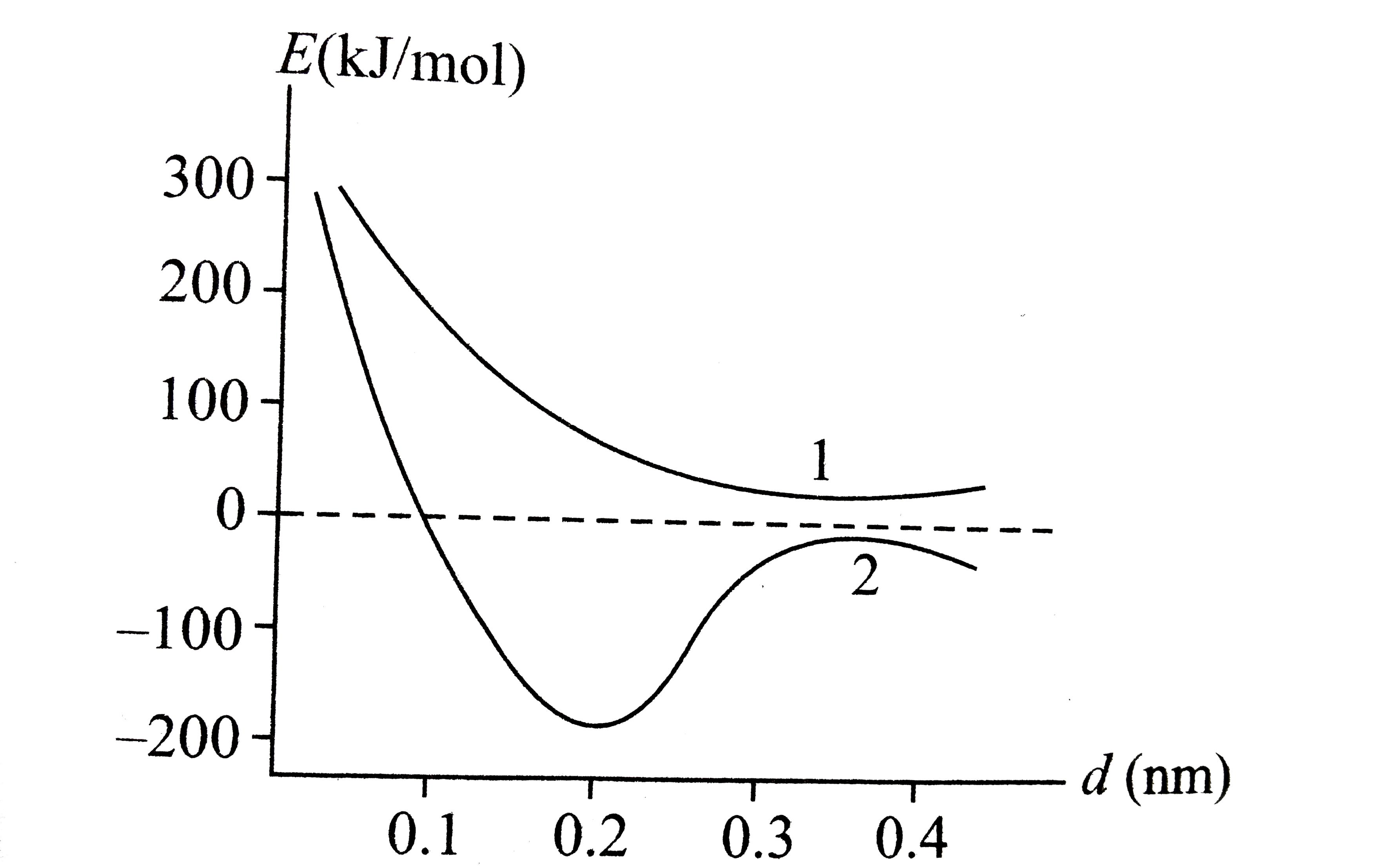A
B
C
D
Text Solution
Verified by Experts
The correct Answer is:
|
Topper's Solved these Questions
CHEMICAL BONDING (ADVANCED)
VK JAISWAL|Exercise Level 3|92 VideosView PlaylistCHEMICAL BONDING (ADVANCED)
VK JAISWAL|Exercise ONE OR MORE ANSWER IS/ARE CORRECT|84 VideosView PlaylistCHEMICAL BONDING (ADVANCED)
VK JAISWAL|Exercise SUBJECTIVE PROBLEMS|72 VideosView PlaylistCHEMICAL BONDING (BASIC)
VK JAISWAL|Exercise Level 3 (Passive 11)|6 VideosView Playlist
Similar Questions
Explore conceptually related problems
Knowledge Check
A
B
C
D
Submit
A
B
C
D
Submit
A
B
C
D
Submit
Similar Questions
Explore conceptually related problems
VK JAISWAL-CHEMICAL BONDING (ADVANCED)-Level 2
- Consider the given figure showing the formation of H(2)^(+) ion depen...
02:45
|
Playing Now - Which of the following molecule is having non-polar as well as polar b...
06:12
|
Play - Choose the correct statement regarding SeOCl(2) molecule :
03:13
|
Play - In which species X-O bond order is 1.5 and contains ppi-dpi bond(s)
04:31
|
Play - Which of the following species has polar and non-polar bonds but molec...
06:08
|
Play - The incorrect statement (s) regarding overline(*)(C)X(3)
03:52
|
Play - Consider following compounds, (i) H(3)X-HCS (ii)H(3)Y-NCS (iii)(H(...
04:58
|
Play - The incorrect statement about carbene (CH(2)) is :
08:57
|
Play - The lowest O-O bond length in the following molecule is :
08:41
|
Play - Out of CHCl3, CH4 and SF4 the molecules having regular geometry are
03:41
|
Play - When iodine is dissolved in aqueous potassium iodine, the shape of the...
03:12
|
Play - Which of the following set of species have planar structure?
09:28
|
Play - Which of the following compounds have the same no. of lone pairs with ...
04:26
|
Play - Given the correct order of initials T or F for following statements. U...
08:59
|
Play - The correct sequence of polarity of the following molecule (1) Ben...
03:27
|
Play - Which among the followiing molecules is not perfect flat?
02:38
|
Play - Which of the following structure(s) is /are non-planar?
05:08
|
Play - Nodal planes of pi-bonds in CH(2)=C=C=CH(2) are located in,
09:51
|
Play - Which of the following have X-O-X linkage ? (where X is central atom...
03:33
|
Play - Select the correct statements:
14:31
|
Play
